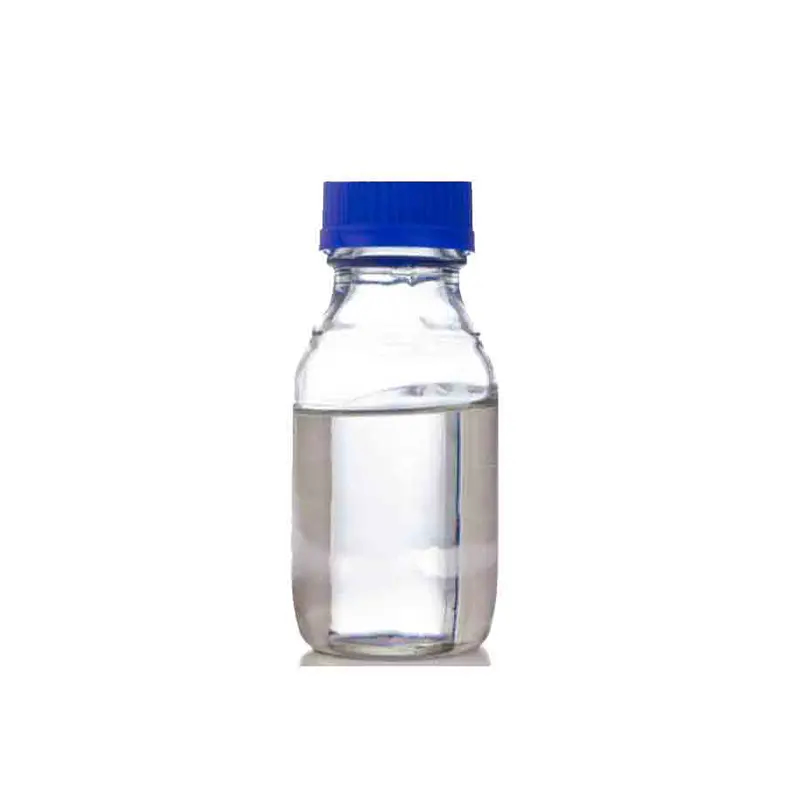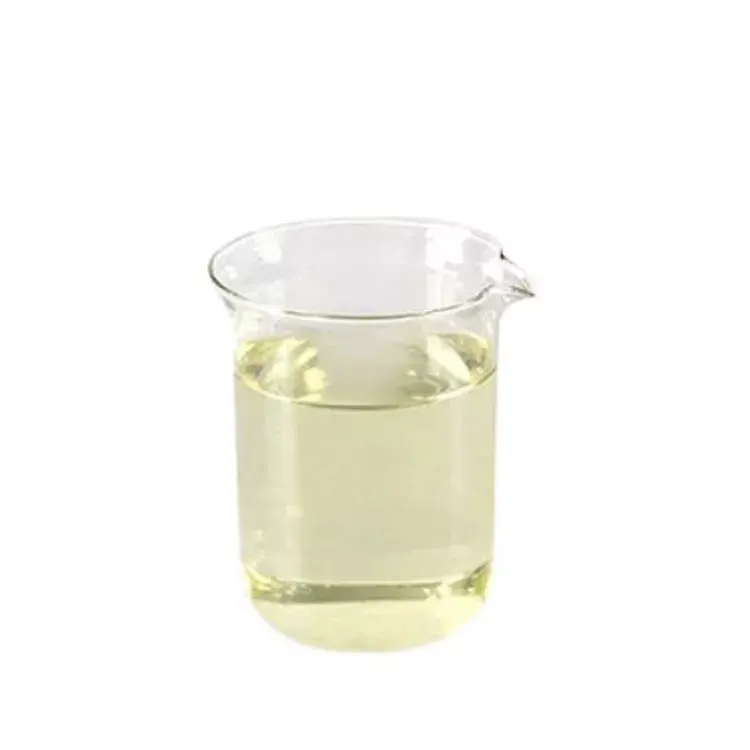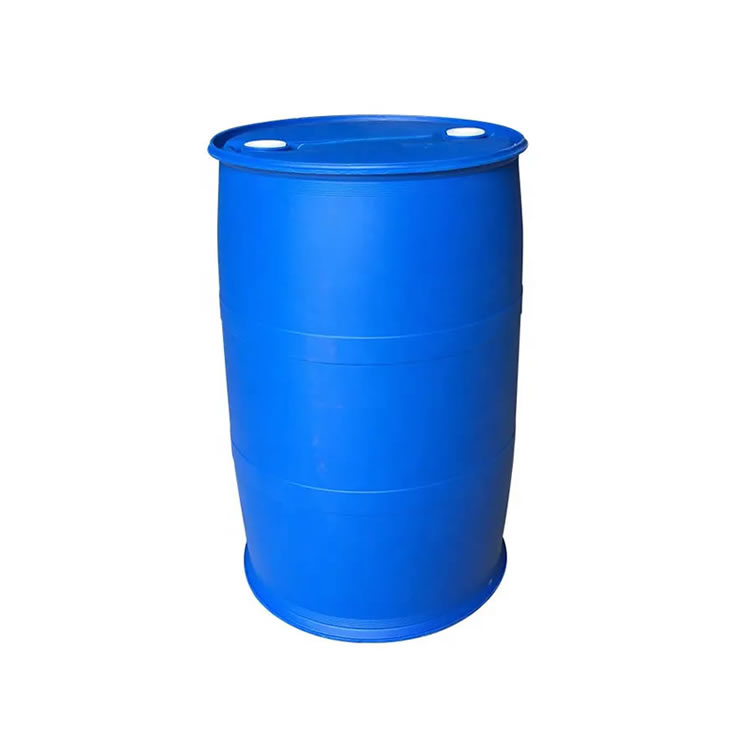 Method for the preparation of trans-1, 2-Dichloroethylene
Mar 10, 2019
Method for the preparation of trans-1, 2-Dichloroethylene
Mar 10, 2019
Trans-1, 2-dichloroethylene is a kind of next generation chlorinated solvent which can be widely used in precision electronic instrument cleaning. Compared with traditional chlorinated and brominated solvents, trans-1, 2-dichloroethylene is safe for human health and more friendly to environmental characteristics.
At present, the production methods of trans-1, 2-dichloroethylene in the market are mainly as follows:
(1) Trans-1, 2-dichloroethylene May be obtained by dechlorination of 1, 1, 2, 2-tetrachloroethane by zinc powder or iron powder, or by cracking of 1, 1, 2-trichloroethane by copper chloride on pumice stone. However, no industrial production has been reported for either method.
(2) US patents us20070191653 and us7335806 and world patent wo2007094965 have reported the preparation of trans 1, 2-dichloroethane. The patent is the reaction of 1, 2-dichloroethane with chlorine gas under the action of oxychlorination catalyst to obtain 1, 2-trichloroethane, 1, 2-trichloroethane under the action of oxychlorination catalyst dechlorination to prepare a mixture of dichloroethylene, and then through conventional distillation to obtain a single dichloroethylene product. However, the route of this process is long and the production cost is high.
(3) Chinese patent cn101353289 discloses a method for extracting trans-1, 2-dichloroethylene from low trope produced by gas phase catalysis. This method deacidizes and dehydrates the low-boiling material, and then distills the product. Although this method can realize waste utilization and reduce environmental pollution, it is greatly affected by trichloroethylene output.
In view of the problems and shortcomings of the existing technology, our company's technical staff developed a new technical scheme for the production of trans-1, 2-dichloroethylene, which has the advantages of simple process, simple separation and purification. The technical scheme is as follows:
Cis-1, 2-dichloroethylene was isomerized under the action of translocation catalyst to obtain trans-1, 2-dichloroethylene. The reaction temperature was 150 ~ 250℃, the residence time was 0.5 ~ 5s, and the reaction pressure was normal pressure. The product was purified by distillation to obtain trans-1, 2-dichloroethylene.
The translocation catalyst was AL2O3 as the main catalyst, and metal additives were added to the main catalyst, among which the metal additives accounted for 0.5% ~ 5%. The metal additive is one of ti, cr, fe, ni and zn.
The reaction temperature ranges from 180 ℃ to 230℃, and the reaction temperature has a great effect on the performance of the converted catalyst. If the reaction temperature is too high, the conversion rate of cis-1, 2-dichloroethylene will increase, but the selectivity of trans-1, 2-dichloroethylene will decrease and the impurity content will increase, which will affect the subsequent separation and increase the requirements for equipment. When the reaction temperature is too low, the conversion rate of cis-1, 2-dichloroethylene is low, and the one-way yield decreases.
When the residence time is 1 ~ 3s, the residence time will affect the performance of the conversion catalyst. With short residence time, the conversion rate of cis-1, 2-dichloroethylene decreases. At the same time, due to the impact of air flow on the conversion catalyst, the loss of active ingredients in the conversion catalyst also increases. With long residence time, the selectivity of trans -1, 2-dichloroethylene decreases and the impurity content increases, which affects the subsequent separation.
The transposition catalyst used in the invention makes 1, 2-dichloroethylene cis-trans isomerization, the process is simple, the product is easy to separate and purify, and the generated crude product can be obtained after the operation of rectification and purification. The invention can be performed in a conventional cracking reactor, such as a tubular reactor commonly used in prior art.
 Method for the preparation of trans-1, 2-Dichloroethylene
Mar 10, 2019
Method for the preparation of trans-1, 2-Dichloroethylene
Mar 10, 2019
 GC Analysis of Glycerol Carbonate
Dec 08, 2018
GC Analysis of Glycerol Carbonate
Dec 08, 2018
 The production background of Glycerol carbonate
Aug 18, 2018
The production background of Glycerol carbonate
Aug 18, 2018